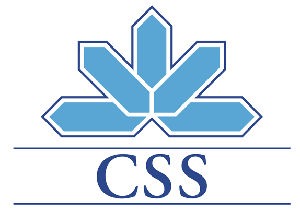It is safe to say that when any business decides to press ahead with a new web design that one of the main objectives is to see a return on the investment of having a new website designed, created, and launched. This applies to websites built using all platforms, including WordPress. The reason we mention WordPress specifically is that it is the most popular platform, especially for businesses who want the benefits of its excellent CMS capabilities.
The sad fact is that without the expertise of web design experts many businesses press ahead with their web design, either using in house staff to build their site or well-meaning amateurs. The results invariably mean websites that might have some positive elements, but which do not meet their main objectives, nor generate any discernible ROI.
It need not be that way especially if you follow the 10 steps we outline below which should ensure that your WordPress website DOES hit its targets, especially those for return on investment.
Step #1: Establish Your Goals – If you do not have goals for your website then you will never know if it has achieved anything or not. So, the first step must be for you to set goals and objectives for your new WordPress web design.
Step #2: Employ The Right Web Design Team – It might be tempting to have your website built on the cheap but resist the temptation. If you want to see the highest return then you must invest in professional web designers to create your WordPress site.
Step #3: Base Your Design On The User’s Experience – Business websites are not a vanity project so for maximum returns ensure each element of the web design has the interests of those visiting your website as their #1 priority.
Step #4: Be Aware Of What is Working Within Your Business Sector – There is no need to reinvent the wheel so research what web design features are currently working for other businesses within your sector and emulate the best of them without copying directly.
Step #5: Make Functionality A Priority – Whilst you want your website to look great, do not compromise its operation by focusing too much on its appearance. Visitors will overlook visual anomalies but will not forgive errors and functional failures.
Step #6: Ensure You Design For Mobile – Mobile internet use grows continually, and any web design that does not incorporate the ability for mobile users to see the website properly on their device, has a much-reduced chance of generating an ROI.
Step #7: Create Multiple Conversion Opportunities – Whatever the specifics of your website’s conversion, you must have multiple locations within it that have calls to action. Having just one on the home page is missing a vast number of opportunities to convert.
Step #8: Do Not Compromise On The Quality Of Your Content – Whatever the visual and functional qualities of your WordPress web design, it is the content that will be the driving force behind its success and its ROI, so ensure you only publish the best possible content you can.
Step #9: Ensure All Onsite SEO Is In Place – Much of this will be unseen by visitors, but it most certainly will be identified by Google’s site crawlers. Boosting rankings is a key part of maximising your website’s ROI, so make sure all your SEO is 100% accurate.
Step 10: Constantly Analyse, Adapt & Improve – The web design of your WordPress site is not a one-off event. Instead, it should be seen as a constantly evolving process as you analyse performance, alter what needs fixing and then check for the hoped-for improvements in performance and ROI.

